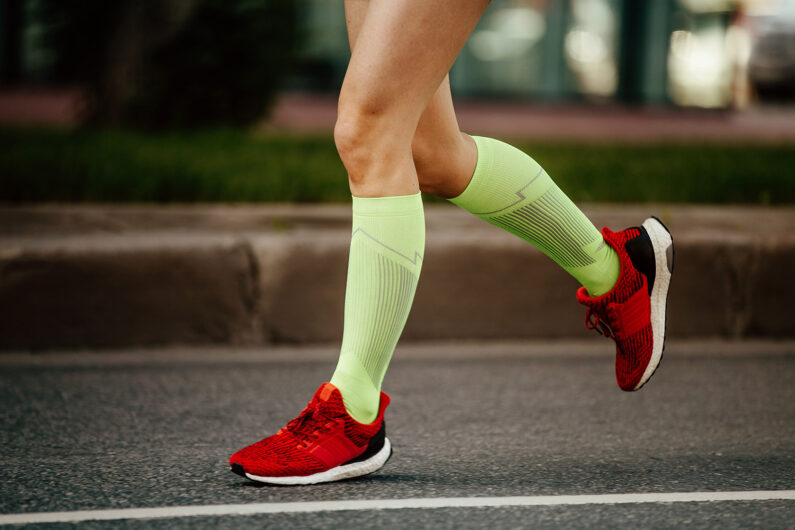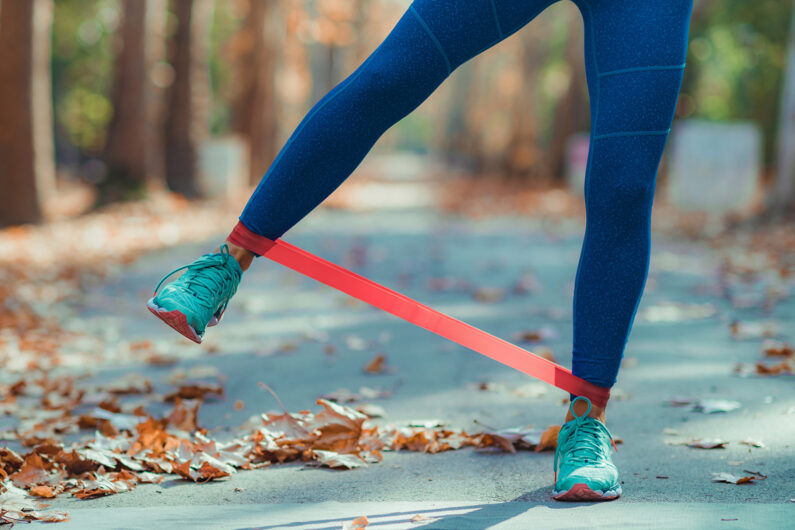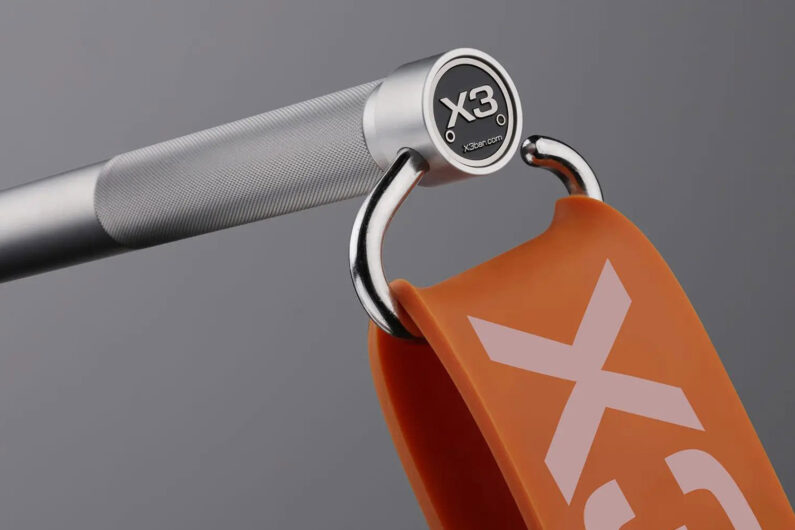Fact Or Fiction? Compression Clothing
Does Compression Clothing Really Work?
You’ve seen high school kids, amateur and pro athletes, and of course the average gym goer wearing compression clothing. It’s almost become standard issue. These articles of clothing are promoted as having the ability to improve endurance, strength, enhance recovery and overall performance. Although I think many people just wear it for the ‘look’.
But is it really true?
Does wearing tight fitting socks, pants or shirts actually increase your fitness?
Let’s first talk about what compression wear is. I can tell you that it’s not simply tight fitting clothes – it’s actually much more technical than you’d think. Compression clothes are designed to be tighter in some areas and looser in others to enhance circulation. The type of fabric and structure of the weave also plays a critical role with how the garment works. So you can’t just slip on a set of tights or spandex and get the same effect as true compression wear. However, wearing the right size with proper fitment is crucial to the garments effectiveness. Look at the picture below – there are varying levels of tightness across the sock that’s designed specifically to increase blood flow.
Most people aren’t aware that for over 65 years, compression apparel has been used within the medical community. Compression garments have been worn by patients who suffer from circulatory issues; blood pooling, deep vein thrombosis (DVT) and to combat swelling post surgery. The compression of the limbs helps improve circulation, increasing the blood flow and oxygenation of tissue. It’s widely accepted that for those individuals wearing the garment, it may help or possibly prevent clotting and swelling of the extremities. Incredibly, wearing compression socks can help improve blood flow to the heart.
The real question is whether or not compression wear can benefit people without any type of venous or circulatory issues; you know, people who just like to workout. Can wearing it during a workout help you perform better? There is enough science and data that we have a definitive answer.
I have to admit that while researching information, I first thought that there was maybe a slight benefit, but I didn’t expect very much. I was surprised at what I discovered.
After reading many reviews by triathletes, Olympians, professional athletes, and reviewing the results of multiple studies, the benefits are clear. While much of the testing and research done involves professional athletes, that doesn’t mean that the average fitness enthusiast or gym goer won’t benefit.
Wouldn’t you want to use something that helped your endurance, power, recovery, and overall fitness level?

I found that the recurring theme in of all positive reviews were that muscle soreness was lessened post workout, match or game and that recovery time was reduced. There are also reports of runners, cyclists and others in time based sports shaving significant time from their prior best. It makes sense that if wearing compression improves circulation, then oxygen and nutrients can be delivered faster and more efficiently, both to the exercising muscle and when returned to the heart. This increased bloodflow also helps with waste products being removed during and post exercise.
We also can’t dismiss the placebo effect. If you think wearing special socks makes you run faster, you may just run faster! And wearing compression gear also brings about greater body awareness, so you may pay more attention to the exercise or sport you’re engaging in. You can’t dismiss the psychological component of human performance. Many times if you think it and believe it, you ‘feel’ it.
Traditional compression gear works. You can’t argue with the results. But I don’t think all are created equal. I’d suggest you stick with the big sporting company brands and shy away from cheaper tight clothing. You can’t argue with science. Of course you have to be on an intelligent training program, get the right nutrition and adeqaute rest, recuperation and sleep. You can’t just wear compression gear and think it’s magic clothing.
But when everything else is right, using compression gear consistently in your training or competitions could just make THE difference in winning or losing. Or maybe that extra rep, one less millisecond on your time or a few pounds in your max lift.
I recommend you try compression gear, especially if you’re looking for an edge. It may help push through a plateau and get you to that next level. Start with maybe leggings and try some leg work or a run, or an upper-body long sleeve during a boxing session or some weight training. I’d try just one garment and see how you feel and what you notice.
Wouldn’t you like to be even a little better?
Does Compression Gear work? This is FACT!
Grab your Under Armour RUSH Gear here!
Disclaimer: All information contained within this site, traineralfonso.com, is for informational purposes only. It is not intended to diagnose, treat, cure, or prevent any health problem – nor is it intended to replace the advice of a physician. No action should be taken solely on the contents of this website. Always consult your physician or qualified health professional on any matters regarding your health or on any opinions expressed within this website. Please see your physician before changing your diet, starting an exercise program, or taking any supplements of any kind.






